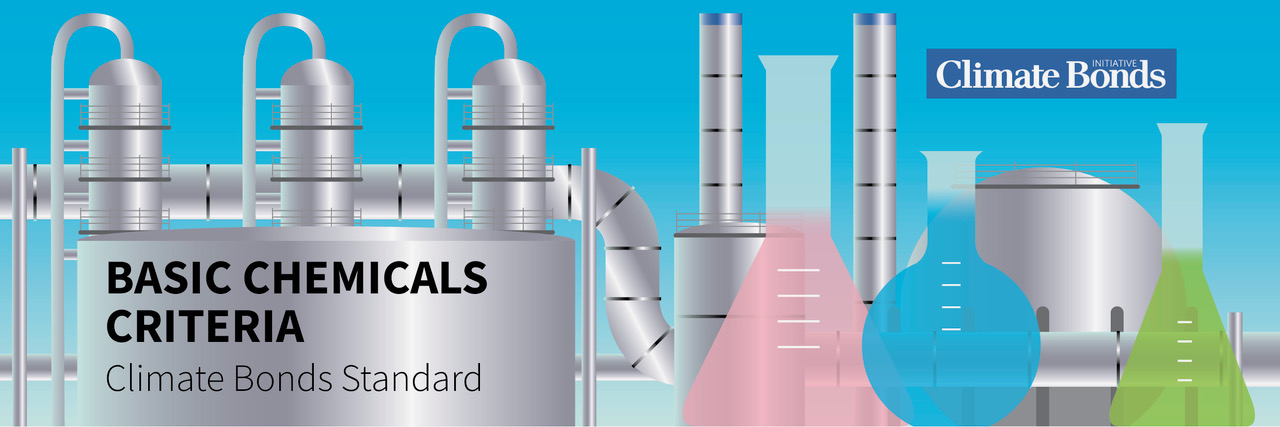
To meet global climate targets, we need to facilitate rapid and dramatic reductions in global emissions, particularly in high-emitting sectors like the Chemicals industry. Last month, the European Commission released the EU Chemical Industry Transition Pathway. The Pathway is an extensive document covering the necessary elements that need to be put in place for the EU chemicals industry to become climate neutral by 2050. It includes chapters about investments and funding, research and innovation, regulatory framework, access to energy and feedstock, and infrastructure.
We welcome the release of this document, which comes at a very important moment for the EU chemicals industry when key decisions, including large investments, need to be made. For example, according to the International Energy Agency, key technologies need to be available for the next 25-year retrofitting cycle due to start in 2030 in order to avoid a total of 60Gt CO2, or 38% of existing emissions from energy intensive industries. Also, the chemicals industry in the EU is suffering from the energy crisis linked to the war in Ukraine. The overreliance on imported Russian gas has resulted in the daunting challenge of a rapid and deep transformation which was long due. However, too little has been done in the recent years to advance in this much-needed transition.
Until very recently, the absence of transition pathways for the chemicals sector was a major barrier for the transformation of this sector. The publication of this document adds to the recent key initiatives such as Planet Positive Chemicals, One Earth Climate Model and the Climate Bonds Initiative's Basic Chemical Criteria which were released in October 2022 to enable easy access to the sustainable finance market.
In this sense, the EU Chemical Industry Transition Pathway provides a useful overview of the main policy levers and key technologies that need to be scaled up to achieve the decoupling of the sector from fossil fuels in the short, medium and long term. This is critical for the decarbonisation of the sector given that fossil fuels provide the chemical sector both with its main feedstock and energy source for the manufacturing process.
Broadly, this document is a welcome first step for the sector but it is only the beginning of the journey. It will need to be strengthened further by introducing:
· real commitments on fossil feedstock substitution
· specific targets must be set for the share of biomass, waste and CO2 in the chemical feedstock mix by 2050 to specify how much of each can be effectively used to displace virgin feedstock from fossil sources,
· more concrete broad objectives and, critically, introduce interim targets particularly, for non-fossil feedstock use for 2030 and 2040, and not just for 2050,
· circularity policies -which, in the short term, rely on dramatically increasing recycling rates- will limit the challenge of substituting virgin feedstock, which today predominantly originates from fossil fuels,
· demand reduction policies focused on certain kinds of plastics (e.g. single use plastics) will be instrumental to reduce non-essential chemical production to free up resources and feedstock for priority chemical production.
We look forward to being part of the next phase of the journey.
Climate Bonds Connect 2023
Climate Bonds is working to address the climate crisis by connecting investors, policy makers, and industry leaders around the globe. This year, we’ll be bringing together the global green finance community at Climate Bonds Connect 2023. Our global conference and regional seminars will aim to mobilise capital towards credible and ambitious efforts to transition economies into the net zero future. Events will be held in Hong Kong, São Paulo, London, and New York. Learn more about how you can connect to the green finance movement at events.climatebonds.net.

'Til next time,
Climate Bonds
